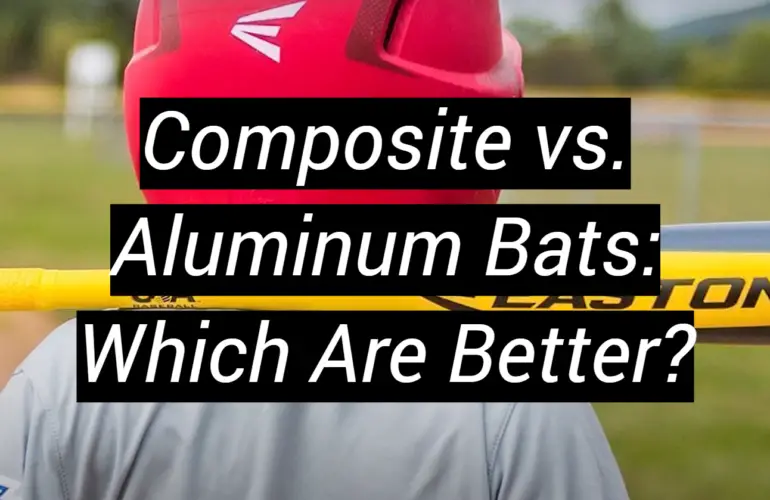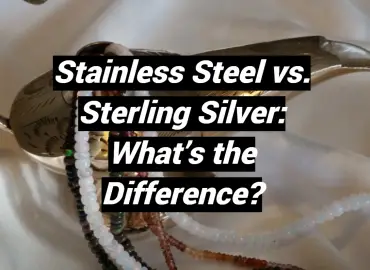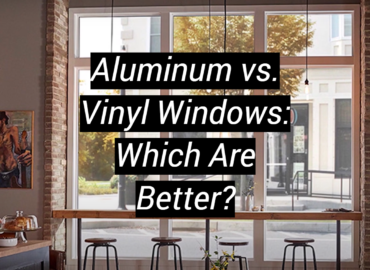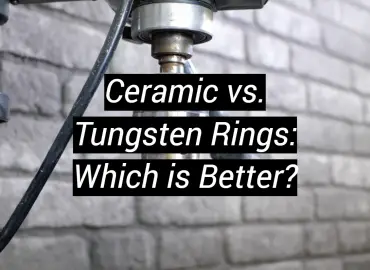Are you an avid baseball player looking to up your game? Are you trying to decide between using composite bats or aluminum bats? Both types of bats have advantages and disadvantages. Making an informed decision can help you perform at your best. In this blog post, we will explore these differences in greater detail by comparing the two materials that make up most batting equipment – composite and aluminum – discussing factors such as strength, power, shape profile, durability and price. By breaking down each material’s attributes line-by-line you’ll be better equipped when it comes time for purchase decisions!
What Are Composite Bats?
Composite bats are baseball/softball bats that are made using a blend of materials, including graphite and fiberglass. One advantage of composite bats over aluminum bats is that they can be made to flex a little when they come into contact with the ball, resulting in a greater trampoline effect when hit.

The trampoline effect helps to minimize shock and vibration in the hands, resulting in improved performance and better feel. Due to their construction costs, composite bats are generally more expensive than aluminum bats.
What Are Aluminum Bats?
The majority of baseball leagues and tournaments use aluminum bats as their preferred type of baseball bat. They are made of aluminum alloy, which is a mix of two or more metals. The alloy is combined with a special polymer coating that gives it strength and durability. Although they are lightweight, aluminum bats perform well due to their relatively large sweet spot when compared to other types of bats. Amateur players often prefer aluminum bats because they are generally cheaper than composite bats. Aluminum bats have a more durable construction than composite bats, which means they can last longer if properly maintained and cared for.
Composite vs. Aluminum Bats
Cost
It is one of the most significant differences between composite and aluminum bats. Composite bats tend to be more expensive than aluminum bats due to their material properties, such as the ability for greater pop and higher performance. However, this cost difference can also be attributed to how much technology goes into making composite bats, which have several layers that require a high level of precision engineering. Aluminum bats are typically less costly because they don’t involve as much technology or complexity in their production processes. [1]
Weight
Composite and aluminum bats differ in terms of their weight. The reason why composite bats are usually heavier than aluminum bats is because of the material they are made of. When using this, hitters can achieve greater bat speed which results in the ball being hit further. However, aluminum bats are lighter weight compared to composite bats, but they generate less power on contact with the ball.
Durability
Composite bats last longer than aluminum bats due to their superior durability, thanks to being constructed from a sturdier material that can withstand the effects of impacts and regular use.
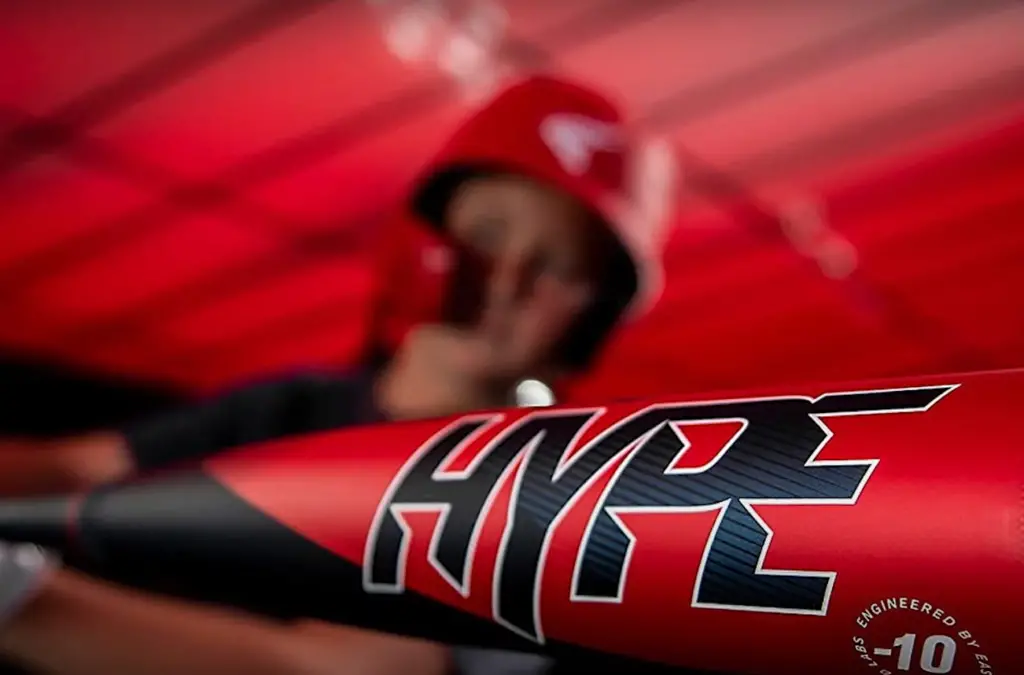
Aluminum bats on the other hand, may dent or crack after being exposed to multiple hits and cannot be repaired if damaged beyond repair. In addition, composite bats usually have a longer lifespan and require less upkeep than aluminum bats.
Portability
When choosing between composite and aluminum bats, this is another important factor to consider. During a game, swinging composite bats may not be as easy as aluminum bats as they are slightly heavier. Some players also feel that the extra weight of composite bats gives them more power behind their hits, which can be beneficial in certain situations. On the other hand, aluminum bats tend to be lighter and easier to handle, making them ideal for younger players who need more control over their swings.
Comfort
It is also an important factor when it comes to choosing a bat.
This can be helpful for players who may struggle with grip issues when swinging an aluminum bat. Ultimately, it’s up to the individual player to decide which type of bat best suits their needs.Toughness
When selecting a baseball or softball bat, it is crucial to take this factor into consideration. Composite and aluminum are the top two materials commonly used in bats. Before making a purchase, it is important to research the advantages and disadvantages of each option. In the past few years, composite bats have become more popular due to their durability, light weight, and ability to absorb strong impacts. Composite bats are better than aluminum bats as they provide a greater trampoline effect. This means that players can generate more power from their swings without losing speed or control. [2]
Safety
It is another important factor when considering which bat to purchase. While aluminum bats are generally considered to be safer than composite bats, many leagues have adopted safety rules that require players to use only approved bats.
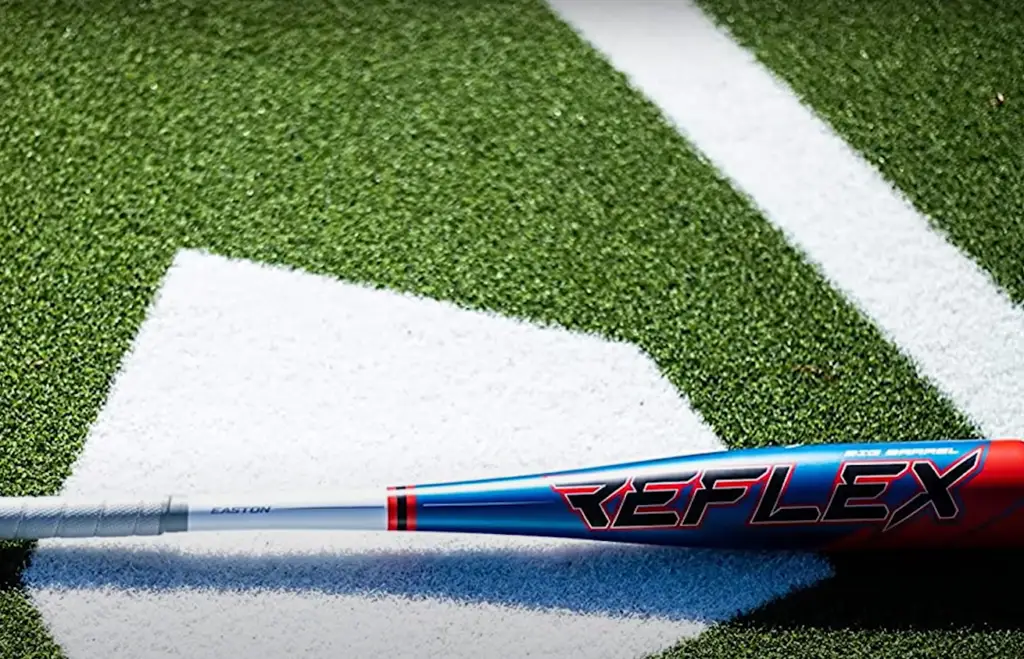
Additionally, some high school and college leagues have banned the use of aluminum bats due to concerns about their ability to cause injury or death in certain situations.
Pros and Cons of Composite Bats
When it comes to choosing the best bat, composite bats are often viewed as a more attractive option. They provide a combination of lightweight power and durability that cannot be matched by traditional aluminum bats.
The primary advantage of composite bats is their durability. Composite bats are made up of multiple layers of material, including fiberglass, carbon fiber and other composites. This makes them less likely to suffer from dents or cracks after repeated use than aluminum bats.
Additionally, many composite bats come with a warranty should they break or become damaged due to normal wear and tear.
While they offer superior durability, composite bats do have some drawbacks. One issue with these types of bats is their cost; they tend to be significantly more expensive than aluminum bats. Additionally, composite bats can take longer to break in and may not provide as much power initially as an aluminum bat.
Overall, composite bats are a great option for those who want the most durable bat with the longest life expectancy. They may be more expensive than their aluminum counterparts, but they offer superior performance over time that makes them worth the investment. With proper care and maintenance, composite bats can provide many years of reliable use. As long as you’re willing to pay a bit more upfront, these types of bats can be an excellent choice for any player looking for top-notch quality and performance.
Pros and Cons of Aluminum Bats
Aluminum bats offer a wide range of advantages for baseball players. They are lightweight and highly durable, making them ideal for youth leagues or recreational play. Aluminum bats also have larger sweet spots than wooden bats, resulting in less vibration when contact is made with the ball. This makes it easier to hit the ball with more power and accuracy. Additionally, aluminum bats are typically cheaper than composite bats and require less maintenance as well. [3]
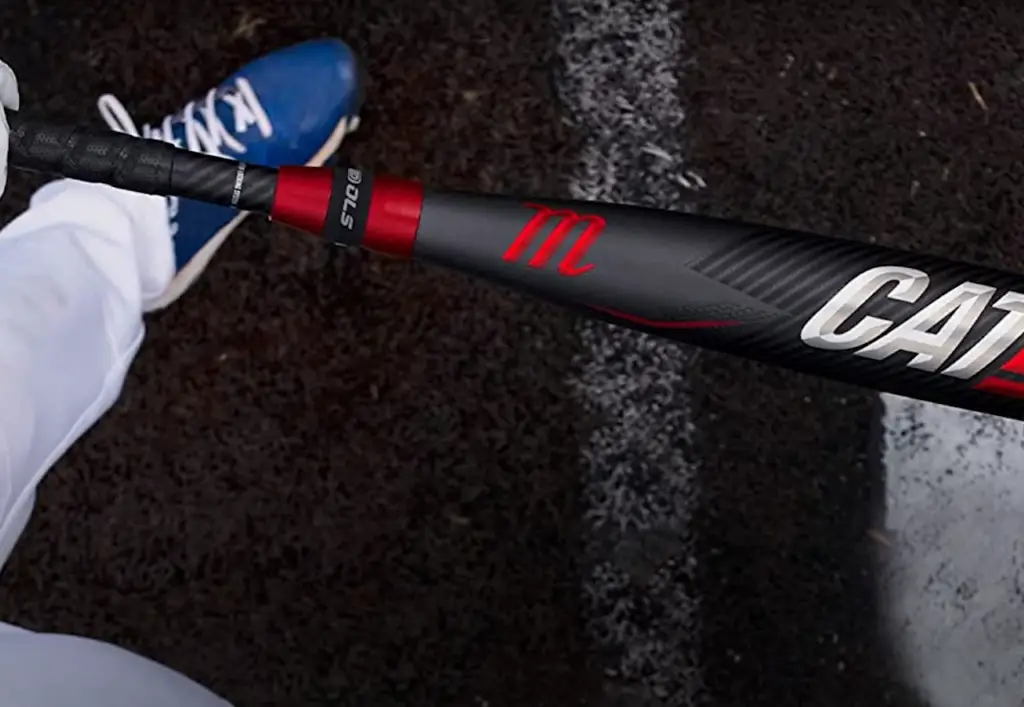
As much as they bring benefits, however, there are some drawbacks associated with aluminum bats too. Most notably, aluminum bats don’t deliver the same energy transfer as wood or composite bats do, which can make it harder to generate power at bat – especially for professional players who need maximum performance to compete. Aluminum bats also tend to have smaller barrel sizes, meaning they don’t generate as much power or distance when used to hit the ball. Finally, aluminum bats can be prone to denting and cracking more easily than other options.
Overall, aluminum bats are an excellent option for casual players who want a lightweight bat that is easy to use and maintain. But professional athletes may find better performance with a wood or composite bat instead.
Maintenance Tips for Composite Bats
When it comes to composite bats, maintenance is key. Here are some tips for keeping your composite bat in great shape:
- Store the bat correctly: Composite bats should be stored in a cool, dry place away from direct sunlight and moisture. Ideally, you should store them in a climate-controlled area such as a closet or basement. Avoid storing the bat in extreme temperatures such as attics or garages where they may experience temperature swings that can cause damage to the material and weaken its ability to perform at an optimal level.
- Clean the bat after each use: The best way to clean your composite bat is with warm soapy water and a soft cloth or brush. Always rinse off any soap residue with plain water and allow the bat to dry completely before storing it away.
- Use a bat wrap: Wrapping your bat in a special material known as “bat wrap” can help keep dirt, debris, and moisture out of the barrel while also helping protect the bat from dings and dents if it is accidentally dropped or stored near other objects.
- Inspect for signs of wear and tear: Regularly inspect your composite bats for any cracks or fissures that may appear over time due to use or age. If you notice any damage, replace the bat immediately as even small cracks can lead to larger issues down the line.
Following these simple tips will ensure that your composite bats stay in great condition and perform at their best, game after game. [4]
Maintenance Tips for Aluminum Bats
Aluminum bats are a popular choice for baseball and softball players. They can provide more power than composite bats, but they do require some special maintenance to keep them performing at their best. Here are a few tips for ensuring that your aluminum bat stays in top shape:
- Store your bat away from extreme temperatures: Extreme heat or cold can negatively affect the material of an aluminum bat and cause it to break down more quickly. To avoid this, make sure you store it in a cool, dry place where temperature fluctuations won’t be an issue.
- Use batting gloves when hitting with the bat: Most manufacturers recommend using batting gloves when playing with an aluminum bat because they can protect the handle from wear and tear. As an added bonus, they can also help improve your grip on the bat, which will lead to better performance.
- Avoid using it in wet conditions: Water and moisture can corrode an aluminum bat and make it more likely to break prematurely. If you find yourself playing in wet conditions, cover the bat with a protective wrap or use a composite bat instead.
- Clean your bat regularly: Even if you don’t see any dirt or debris on your aluminum bat, regular cleaning is still important for keeping it performing at its best. Use a microfiber cloth and some rubbing alcohol to wipe down the barrel and handle of the bat after every game or practice session.

Following these maintenance tips can help you get the most out of your aluminum bat. With proper care and attention, it can stay in good condition for many years to come. [5]
Alternatives to Composite and Aluminum Bats
Beyond composite and aluminum bats, there are several other materials used in baseball bat construction. Wood bats have long been the traditional choice for professional players, but they can be heavier and more difficult to produce than metal bats. Other materials such as titanium, carbon fiber, and multi-piece designs have also been used successfully in recent years. Ultimately, it is up to each individual player to decide which type of bat works best for them based on their own experience and preferences.
In addition to material choices, there are many design factors that impact bat performance. Weight distribution is an important factor; different distributions may provide different levels of power or speed with your swing. A longer barrel length can give you a larger sweet spot on the bat, while a shorter barrel can provide increased control. The handle of the bat also affects power and speed; thicker handles may give you more power, while thinner handles can help you swing faster.
Ultimately, finding the right bat for your game is an individual process that requires a lot of trial and error. Different materials and designs will work differently for different players, so it’s important to try out several options before making a final decision. With the right bat in hand, you’ll be ready to take your game to the next level!
What Are Hybrid Bats?
Hybrid bats are a combination of composite and aluminum. They typically have an aluminum barrel with a composite handle, or vice versa. Hybrid bats offer different benefits than either composite or aluminum bats alone.
The hybrid design allows for more flexibility in the barrel while still providing some rigidity, giving players better control over bat speed and performance. The handle of the hybrid bat allows for increased comfort and better grip, allowing players to stay in control as they swing through the ball. Hybrid bats also provide increased durability compared to all-composite bats due to their combined materials.

Though there are many advantages to using hybrid bats, it is important to understand that each type of bat will perform differently depending on your individual needs as a player.
Ultimately, deciding whether composite or aluminum bats are better for you will depend on what kind of performance you’re looking for. If you need a combination of power and control, then hybrid bats might be the way to go. However, if you’re looking for a bat with more durability and longevity, then an all-aluminum or all-composite bat might be the better option. Ultimately, choosing between composite and aluminum bats is a personal preference that should take into account your individual playing style and needs as a hitter. [6]
Lifespan of Composite Bats
When it comes to longevity, composite bats can last you a long time.
Composite bats are also more durable than aluminum bats, meaning they won’t dent or crack as easily when hit with fastballs at high velocities. This means that if you’re looking for a bat that will last longer and be able to withstand more abuse without breaking down, then a composite bat is probably your best bet.Lifespan of Aluminum Bats
Aluminum bats are generally going to last longer than composite bats, especially if they are well taken care of. Although aluminum does have a tendency to dent and chip with repeated use, it is much more durable than composite materials. Aluminum bats also tend to be lighter than their composite counterparts, allowing for greater swing speeds and greater hitting distances with each hit. As a result, aluminum bats can last much longer without needing replacement as the metal alloy used in construction remains strong throughout its lifetime.
Tips on Choosing a Bat
When it comes to choosing the right bat for your game, there are a few things that should be taken into consideration.
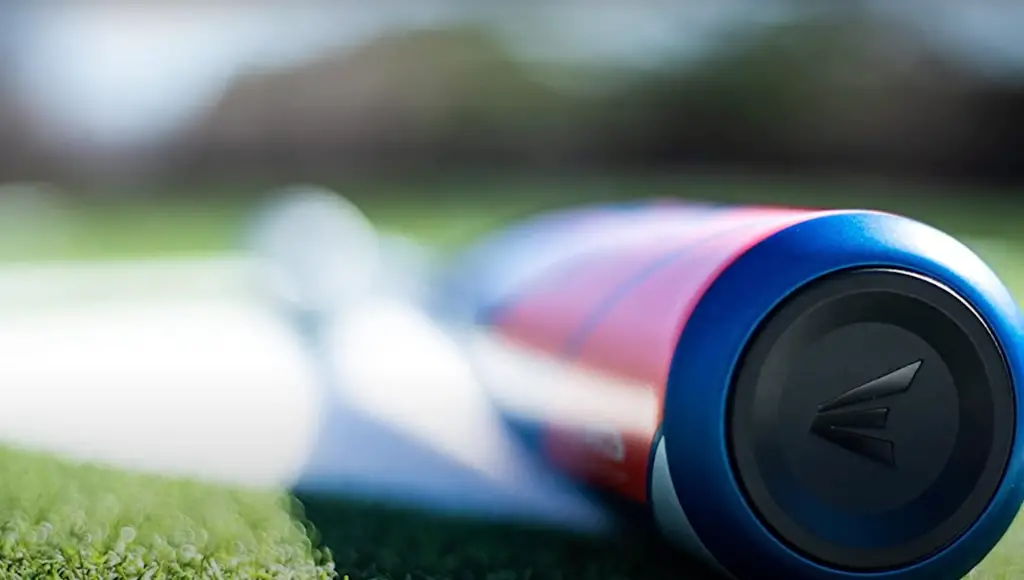
The weight of the bat is important to consider. Heavier bats provide more power, while lighter bats can help increase swing speed and control. It’s important for each individual player to determine which is more beneficial for their specific style of play.
The material of the bat is another factor to consider. Composite bats are made from a combination of materials such as fiberglass or graphite, while aluminum bats are usually made from a single piece of metal alloy. Composite bats tend to have a larger sweet spot compared to aluminum bats, which makes them easier to hit with and provides better performance on off-center hits. Aluminum bats also tend to be more durable and offer a more traditional feel, although they can be less forgiving on mishits due to their smaller sweet spot.
The length of the bat is another factor to consider. Longer bats give players greater reach and power in their swings, while shorter bats allow for greater control and maneuverability. Players should consider what feels most comfortable and natural when choosing a bat length that works best for them.
When trying out different bats, it’s important to remember that no two models will perform exactly the same way, so it’s best to experiment with different options before making your final decision. Ultimately, the right bat for you is one that provides sufficient power without sacrificing too much control or comfort. With so many options available, there is sure to be a bat that meets your needs and helps you perform your best on the field. [7]
FAQ
Which is better: aluminum or composite?
The answer to this question depends on a variety of factors, including the player’s preferences and playing style. Aluminum bats have long been used in baseball and softball because they are cost-effective and require minimal maintenance. They also provide a more traditional feel for players who prefer a classic swing. Aluminum bats tend to be lighter than composite bats, which can make them easier to swing. On the other hand, composite bats can generate greater power due to their larger sweet spot and added pop off the bat. Composite bats will generally last longer than aluminum bats as well because they can withstand more wear and tear with fewer dents or splits. Ultimately, it comes down to personal preference when choosing between aluminum or composite bats.
Which bat has more pop: aluminum or composite?
This is a question that has been asked by baseball and softball players for many years. The answer lies within the design of the bat, the material used to construct it, and how it performs on the field. Aluminum bats are typically constructed out of an aluminum alloy, with a more traditional barrel shape and length. Aluminum alloy is lighter than composite materials which means that, when held in hand, aluminum bats will feel lighter as well. While this does create an advantage with bat speed during your swing, you may not get the same “pop” or power from an aluminum bat as you would from a composite one. Composite bats are constructed using synthetic fibers and can be designed in any number of shapes and sizes.
What is the best material for bats?
This is a question that has been debated by baseball players and coaches for years. The two primary materials used to make bats are aluminum and composite, and each has their own advantages and disadvantages. Aluminum bats provide more power because they have a larger sweet spot than composite bats, meaning it’s easier to hit the ball with greater force. They also tend to be lighter than composites, which makes them better for younger players who might not be able to handle the heavier weight of a composite bat. However, aluminum bats can also produce vibrations in your hands when the ball is struck, making them less comfortable to use. They also lack some of the pop that comes with using a composite bat. Composite bats are heavier than aluminum bats, so they require more strength and technique to use effectively. On the other hand, composite bats have a trampoline-like effect on the ball when it’s struck, meaning that it can fly off the bat with greater speed and distance.
Is it OK to use composite bats in batting cages?
The answer to this question depends on the type of batting cage. Regulation batting cages, such as those found in professional or college stadiums, typically require that metal bats be used. In these cases, aluminum is usually the only material allowed for use. However, many recreational and youth leagues allow players to use whatever type of bat they prefer. If you’re using a composite bat in a recreational or youth league setting, it’s likely that it will still be allowed. Just make sure to check with your local league or facility before using any non-metal bat in a regulation batting cage.
Useful Video: Science of Hitting — Composite vs. Aluminum
Conclusion
In conclusion, it is difficult to definitively say whether composite or aluminum bats are better. The choice ultimately comes down to personal preference and the type of game being played. Composite bats tend to be more expensive than aluminum bats, so if budget is a concern for the player, then an aluminum bat may be the better option. However, if a player has the budget and wants to take advantage of the additional benefits that come with using a composite bat, such as increased power and lighter weight, then they may decide that composite bats are the better choice. Ultimately, deciding which type of bat is best depends on individual needs and preferences. It is important to research both types and make an informed decision before making a purchase.
References:
- https://www.baseballbible.net/composite-bats-vs-aluminum/
- https://www.justbats.com/blog/post/composite-versus-alloy-baseball-bats/
- https://thebatnerds.com/composite-vs-aluminum-bats/
- https://batsmash.com/hitting/composite-vs-aluminum-bats/
- https://www.acs.psu.edu/drussell/bats/compalum.html
- https://www.baseballmonkey.com/learn/deciding-which-type-of-bat-is-best
- https://www.batdigest.com/blog/composite-aluminum-hybrid-or-wood-bat/

